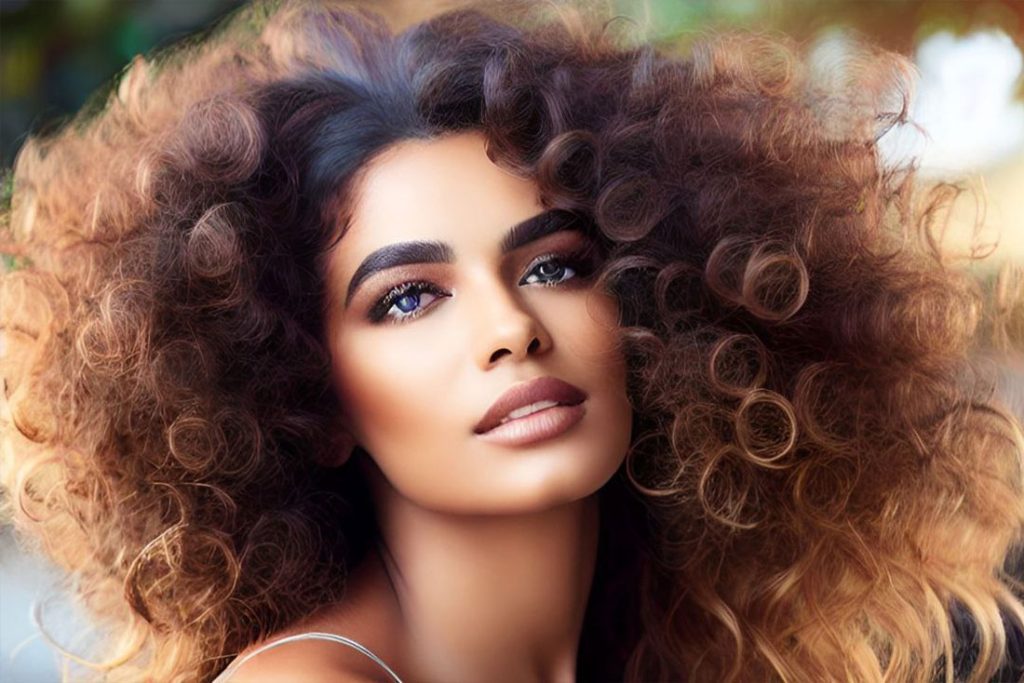Element 2 of Hair Design: Form
In the intricate realm of hair design, every element plays a pivotal role in crafting a captivating look. If lines set the direction, form shapes the overall structure, giving a design its definitive character. As the second key element in hair design, form is crucial in determining a hairstyle’s mass and general outline. This article offers an in-depth exploration of form in hair design, unveiling its significance, nuances, and the artistry it demands.

Defining Form in Hair Design
Form can be likened to the scaffolding or silhouette of a hairstyle. It stands as the three-dimensional aspect of design, encompassing length, width, and depth. Form isn’t merely about the external shape of the hairstyle, but it’s about the volume that resides within this shape.
Three Dimensions of Form:
- Length: The vertical stretch of the hairstyle, often determining the overt style statement, whether it’s a short bob or cascading locks.
- Width: The horizontal expanse of the design, playing a vital role in adding breadth and balance to the overall look.
- Depth: The lesser-acknowledged but crucial third dimension, depth adds the z-axis, offering fullness and layering to the design.
The Interplay of Texture and Form
The visual and tactile character of a hairstyle, known as its texture, deeply influences its form. While both elements can be treated separately, they are intrinsically linked.
- Solid Forms: Styles characterized by a more solid form have a smoother texture. They give a streamlined, neat appearance that can slim down and elongate the facial structure. These forms lend a classic, timeless vibe to hairstyles, making them perfect for formal occasions or corporate settings.
- Textured Forms: On the other end of the spectrum are textured forms. They introduce a sense of weight and volume to hairstyles. By adding waves, curls, or layered cuts, the hair gets a playful, dynamic character. Such forms resonate well with individuals aiming for a more relaxed, bohemian, or edgy look.
Achieving Proportionality in Design
A crucial aspect of mastering form in hair design is ensuring proportionality. The hairstyle must not only resonate with an individual’s personal style but also harmonize with their physical features.
- Head and Face: The form should complement the facial structure. For instance, while a round form might flatter a longer face, a more elongated style might balance out a round face.
- Neck Length and Width: An overlooked aspect, the neck plays a role in determining the form’s appropriateness. A voluminous form might overwhelm a shorter neck, while a sleeker style might appear too scant on a long neck.
- Shoulder Line: The point where the hair ends often intersects with the shoulder line. Ensuring that the form of the hairstyle syncs with the shoulders’ width and shape can significantly enhance the overall aesthetic appeal.
Conclusion
Form, in the context of hair design, goes beyond just the physical dimensions. It’s an embodiment of style, personality, and aesthetics. Mastering the art of form requires understanding its interplay with texture and the importance of maintaining proportionality with the individual’s features. As hair designers delve deeper into the world of form, they find a canvas rich with possibilities, awaiting their creative touch.






